Rare and Special Dog Breeds hold a unique place in the rich tapestry of canine diversity, representing living connections to our shared history and cultural heritage. These breeds, often overlooked in the shadow of more popular counterparts, embody centuries-old lineages and distinctive traits.
This exploration delves into the world of these exceptional dogs, examining the factors that contribute to their rarity, the challenges they face, and the ongoing efforts dedicated to their preservation.
From the classification by international kennel clubs to the critical role of breed enthusiasts and organizations, this outline will unravel the fascinating stories behind these canine gems.
As we embark on this journey, we discover not only the significance of rare breeds but also the urgency to safeguard their legacy for future generations.
Significance of Rare Breeds in the Dog World
Rare dog breeds play a pivotal role in the dog world, contributing significantly to the overall diversity, cultural heritage, and genetic richness of canine populations. Their significance is multi-faceted:
- Preservation of Heritage: Rare breeds often trace their roots back to ancient times, reflecting the historical and cultural tapestry of specific regions or communities. Preserving these breeds safeguards a living legacy, allowing us to connect with and appreciate the historical roles these dogs played in human societies.
- Genetic Diversity: In the face of increasing homogeneity within popular breeds, rare breeds represent reservoirs of genetic diversity. Maintaining diverse gene pools is crucial for overall canine health and resilience, helping to mitigate the risks of inherited diseases and ensuring adaptability to changing environmental conditions.
- Specialized Functions: Many rare breeds were developed for specialized tasks or environments. Whether as herders, guardians, hunters, or companions in specific climates, these breeds showcase the adaptability and versatility that can be lost in more standardized breeds, which are often bred for appearance rather than function.
- Cultural Significance: Rare breeds are often integral to the cultural identity of specific communities or nations. They serve as living symbols of traditions, values, and lifestyles, fostering a sense of pride and connection among those who identify with the breed’s heritage.
- Education and Awareness: Exploring rare breeds provides valuable educational opportunities for dog enthusiasts. Understanding the unique characteristics, histories, and needs of these breeds promotes a broader awareness of the diversity within the canine world, encouraging responsible breeding practices and ownership.
Also, Read – Dogs with the Strongest Bite
Rare and Special Dog Breeds
Azawakh
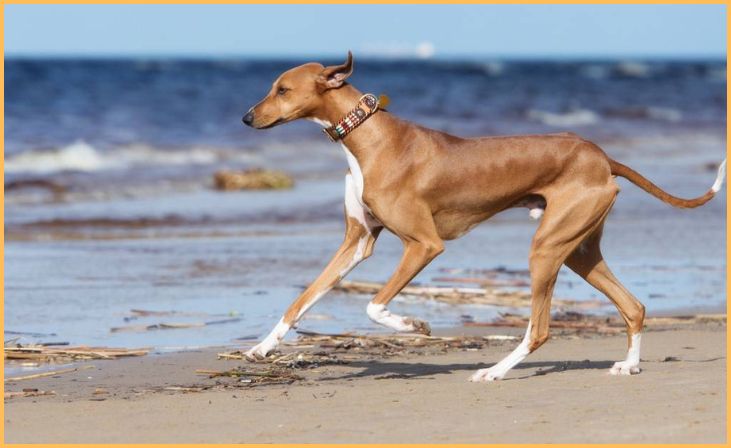
The Azawakh is a rare and elegant sighthound originating from West Africa, specifically Mali, Niger, and Burkina Faso. Known for its slender build, this breed was traditionally employed by the nomadic Tuareg people for hunting in the challenging desert terrain.
Renowned for its speed and agility, the Azawakh stands out with its distinctive appearance and serves as a devoted companion.
With a rich history intertwined with the nomadic cultures of its region, the Azawakh is a treasured and unique canine breed, showcasing both grace and utility in its traditional role as a desert hunter and guardian.
Norwegian Lundehund
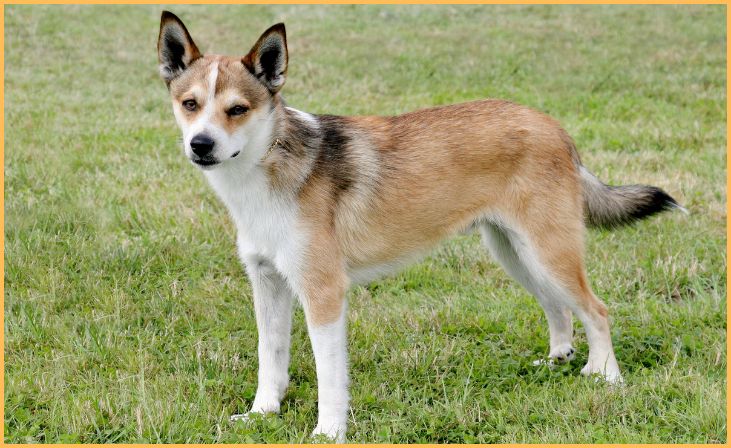
The Norwegian Lundehund, originating from Norway, is a small and agile breed originally developed for hunting puffins along coastal cliffs. Notable for its unique physical traits, including six toes on each foot and the ability to bend its head backward along its spine, the Lundehund is a distinctive and rare breed.
This dog was specifically adapted to navigate challenging terrains and perform the demanding task of retrieving puffins and their eggs from inaccessible places.
With its charming features and specialized skills, the Norwegian Lundehund stands out as a fascinating and extraordinary canine, embodying the historical purpose for which it was bred.
Thai Ridgeback
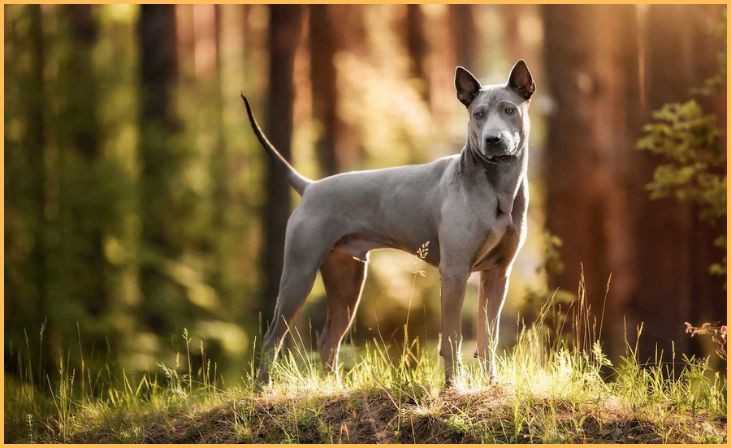
The Thai Ridgeback, originating from Thailand, is a unique breed recognized for the distinctive ridge of hair along its back, which grows in the opposite direction to the rest of its coat. This medium-sized and muscular dog was historically utilized for hunting, guarding, and companionship.
Known for its loyalty and agility, the Thai Ridgeback is a versatile breed. With a history rooted in Southeast Asia, these dogs were valued for their ability to adapt to the region’s diverse landscapes.
Today, the Thai Ridgeback is a rare and special canine companion, prized for its distinctive appearance and rich cultural heritage.
Also, Read – Popular Dog Breeds in the United States
Catalburun
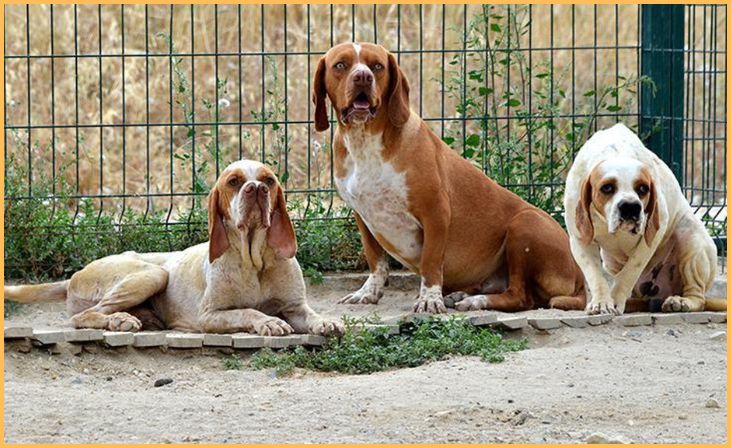
The Catalburun, also known as the Turkish Pointer, is a distinctive and rare dog breed notable for its unique split or divided nose. Originating from Turkey, these dogs are primarily used for hunting. Their exceptional olfactory senses, coupled with their distinctive appearance, set them apart.
The split nose, believed to enhance their sense of smell, is a distinctive trait resulting from a genetic quirk. Catalburuns are medium-sized, agile dogs with a strong hunting instinct, making them valuable for tracking and retrieving game.
With a limited population, the Catalburun is considered a rare and special breed, embodying both functional excellence and a distinctive physical trait.
Finnish Lapphund
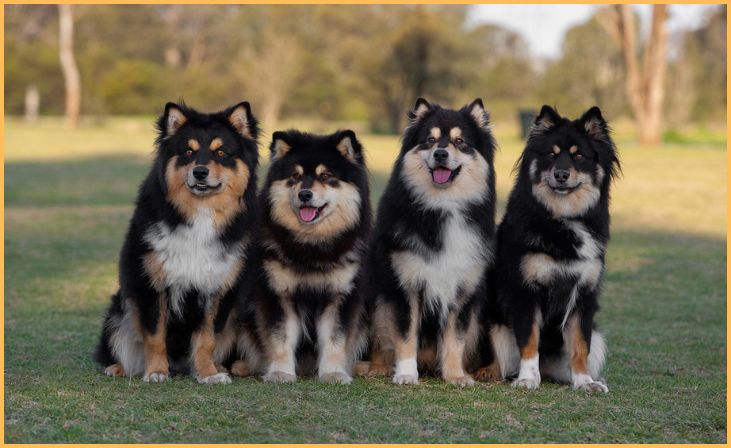
The Finnish Lapphund, hailing from Finland, is a versatile and friendly herding breed with a rich history among the Sami people. Known for its thick double coat and bushy tail, this medium-sized dog was traditionally employed for herding reindeer in the Arctic region.
Adaptable to harsh climates, the Finnish Lapphund is characterized by its intelligence and agility. With a gentle disposition and strong bonds with its family, it excels not only as a herder but also as a loyal companion.
Recognized for its distinctive appearance and utility, the Finnish Lapphund stands as a treasured and cherished breed, embodying both functionality and affection.
Xoloitzcuintli (Mexican Hairless Dog)
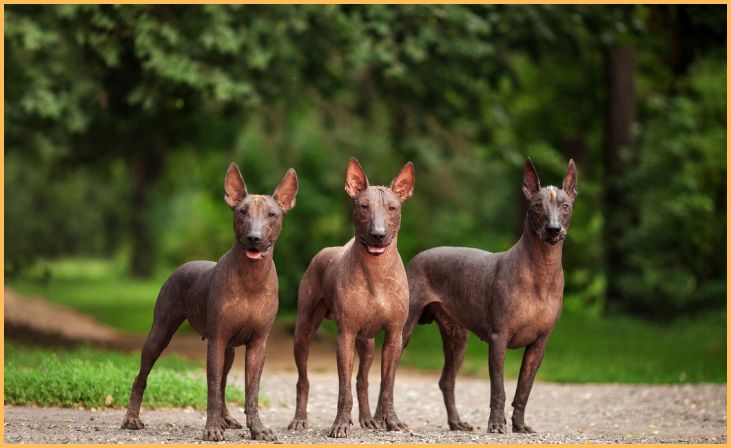
The Xoloitzcuintli, or Xolo for short, is an ancient and rare breed originating from Mexico, with a history dating back over 3,000 years. Also known as the Mexican Hairless Dog, it comes in three sizes (toy, miniature, and standard) and may have a coated or hairless variety.
Revered by the Aztecs as sacred, the Xoloitzcuintli was believed to possess healing qualities. With a sleek and elegant appearance, it has a loyal and calm temperament, making it a cherished companion.
This breed, deeply intertwined with Mexican culture and mythology, is a symbol of both ancient heritage and modern canine companionship.
Conclusion
In conclusion, the preservation of rare and special dog breeds is not merely an act of safeguarding history; it’s a commitment to sustaining genetic diversity, cultural heritage, and the multifaceted roles that dogs play in our lives.
These breeds represent living connections to our past and reservoirs of resilience for the future. As we navigate the challenges they face, it becomes apparent that our collective efforts to protect and celebrate these unique canine companions are integral to ensuring a vibrant and diverse tapestry in the world of dogs for generations to come.
FAQs
Kennel clubs, such as the FCI and AKC, typically classify breeds based on their origin, purpose, and characteristics. Rare breeds may fall into categories like “FSS” (Foundation Stock Service) in the AKC or “not recognized” by the FCI, indicating they are in the process of gaining recognition.
Challenges include small gene pools leading to potential health issues, lack of public awareness, economic constraints, and the risk of extinction. Breeds with specialized functions may struggle to adapt as their traditional roles diminish.
Support can be provided by joining breed-specific clubs, participating in preservation programs, promoting awareness through social media, and choosing responsible breeding practices that prioritize genetic diversity and health.

